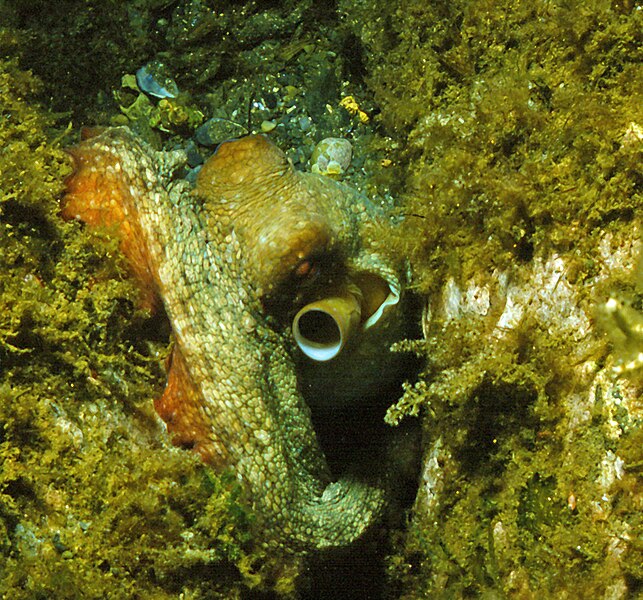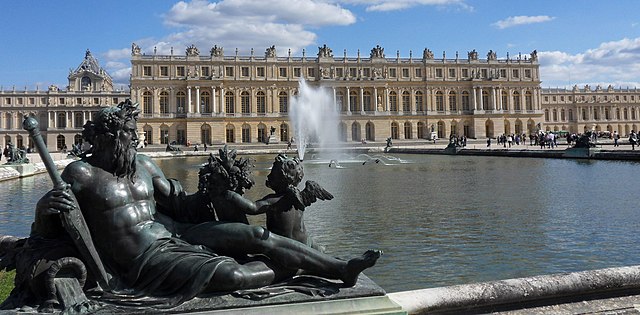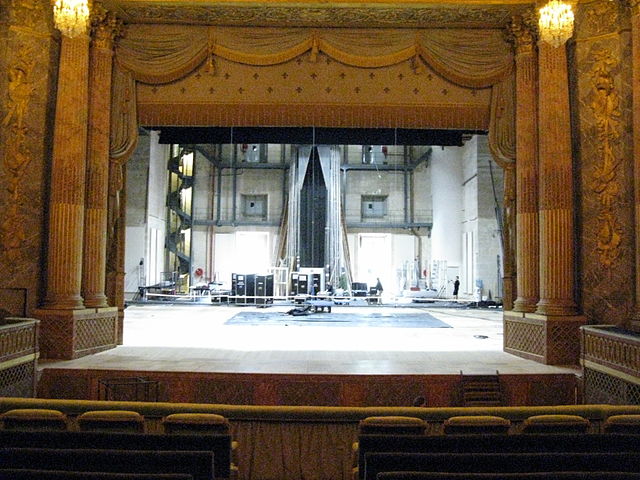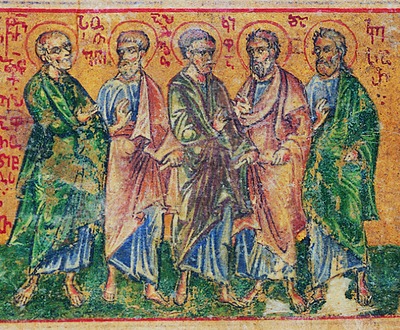We just learned about the Shock Diamond.
For the history of rocket science, the inventions were made either for war, or for fun like fireworks.
There was a book called Bellifortis written by a German scientist named Konrad Kyeser around 1400 AD that talks about rockets.
It says how rockets were being used for war but also for fun like fireworks.
Because there were no pictures back then, some people made drawings of the rockets, but no one knows for sure what they looked like.
In this book there was a drawing of the famous Alexander the Great holding a big rocket.
Konrad's book talks about rockets that were launched in the air, rockets that floated on the water, or rockets that were tied on a string.
These rockets probably all used the solid rocket fuel of gunpowder to launch them along.

(from: wikipedia - bellifortis)
Kid Facts - Blast from the past: Aftershock











